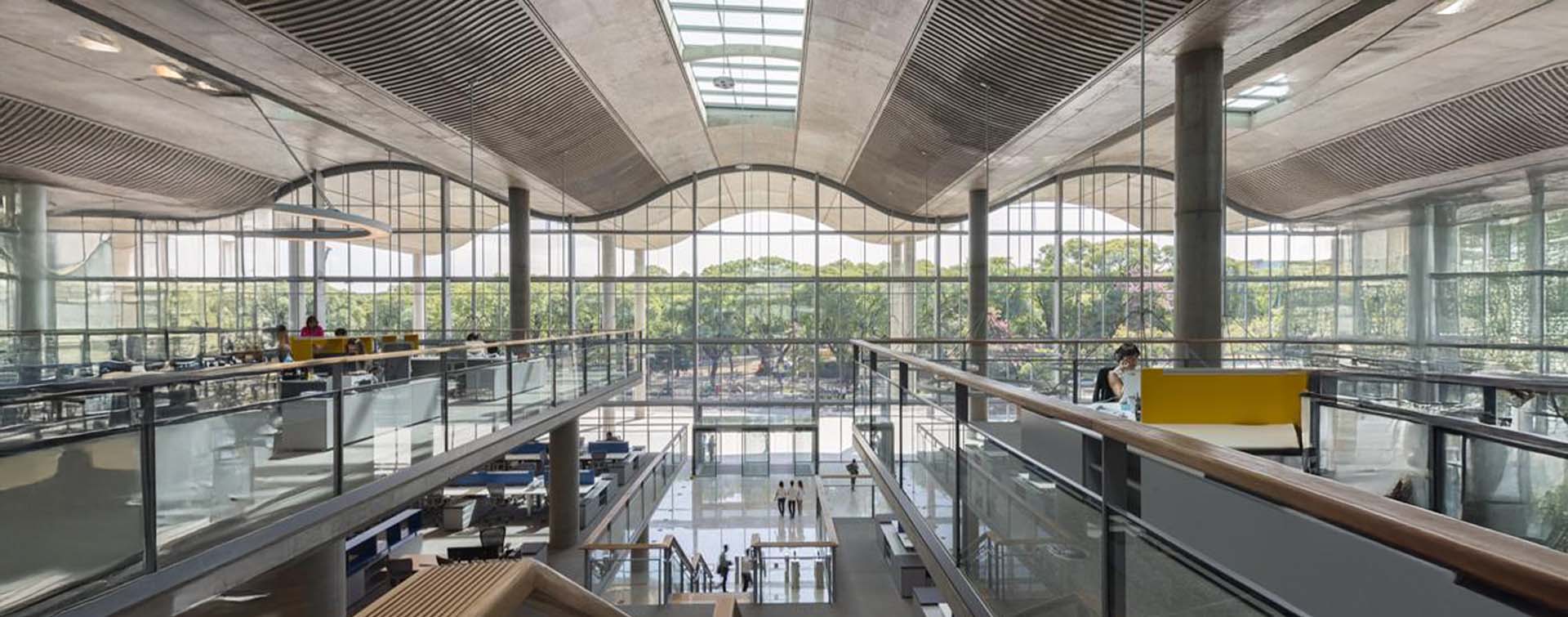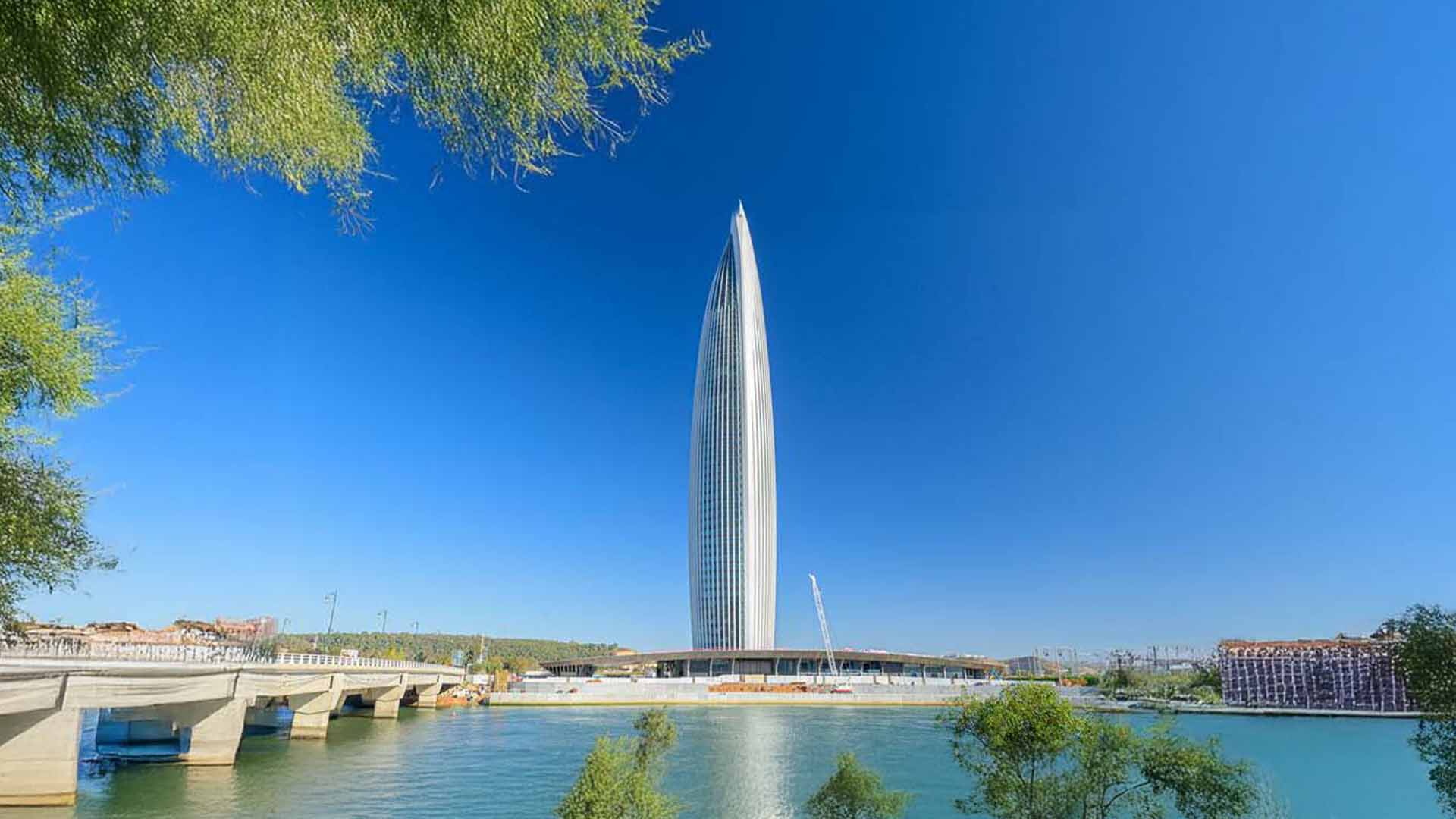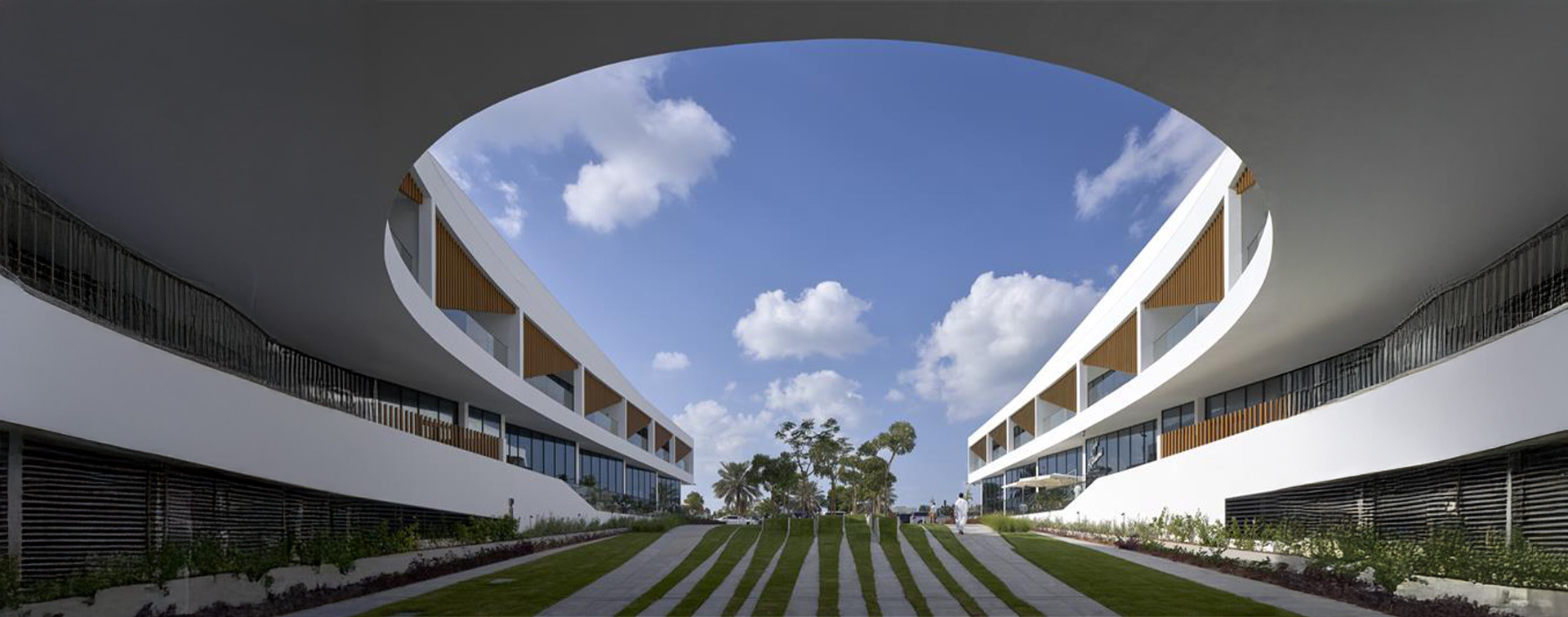 9 min
9 min
Significantly reducing carbon emissions for any new construction or renovation project requires both technical and theoretical qualifications, which differ greatly from traditional methods. Training programmes in sustainable construction must therefore encompass a broad range of skills and disciplines while adapting to very different market and resource contexts.
A thriving offer in terms of training but with significant room for improvement
Faced with the environmental challenge, numerous training courses dedicated to sustainable construction have emerged worldwide. Whether it is the Master in Urban Management and Sustainable Design from Tsinghua University in China, the programme in sustainable building construction and design from the Auroville Earth Institute in India, or the online training courses from Australia’s Green Building Council, learning opportunities abound. Many schools of architecture and civil engineering now include modules dedicated to sustainable construction in their curricula. These a now considered essential, demonstrating a global awareness that sustainable construction is the future of the sector.
The Sustainable Construction Barometer 2024 clearly indicates that sector professionals and students feel better trained and better informed than before, with a 12-point increase in those who have access to training compared to 2023.
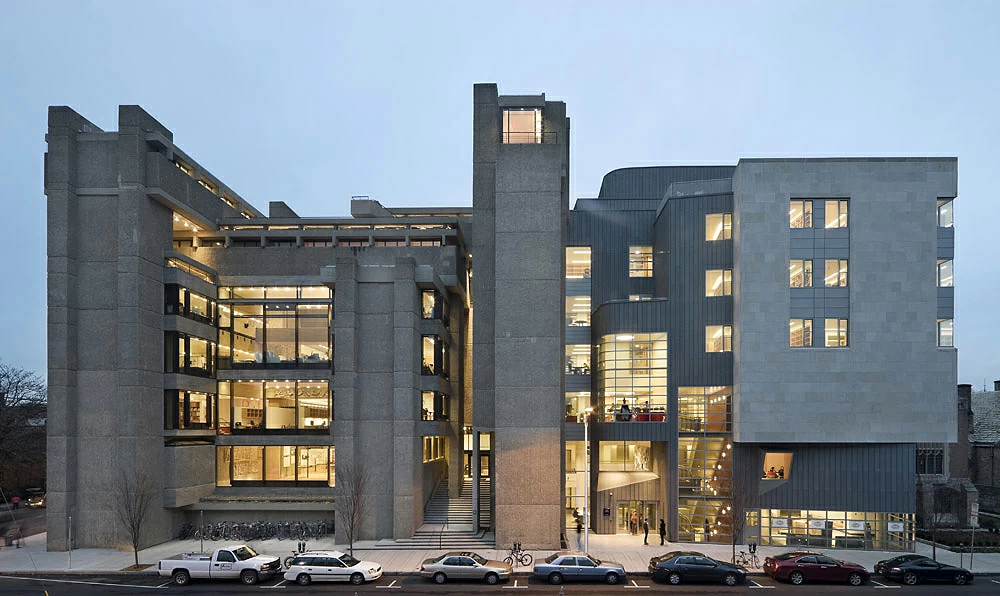
Given the necessity to adapt and speed up progress, Anna Dyson, Director of the Yale Center for Ecosystems in Architecture, emphasises the importance of vocational training for professionals that keeps pace with current technological innovations. According to her, this is imperative “to fully exploit our technical and technological potential and advance the sustainability of buildings.”
Also worth a read: Should architecture undergo its own revolution? The vision of the winners of the Global Award for Sustainable Architecture™
Ciro Pirondi, co-founder of the Escola da Cidade school of architecture in São Paulo (Brazil), goes further by emphasising the evolution required in the training of architects. “The educational project of our schools of architecture must be redesigned to be the main lever of the transformations that are shaking up 21st century architecture. Unlike those of previous centuries, it must be increasingly social, ecological, multidisciplinary and interactive with the user, whether private or public. These necessary and profound paradigm shifts begin and end with the education of new generations.”
Interview with Alicja Kuczera, CEO of Polish Green Building Council:
An interdisciplinary approach
Vivian Loftness, professor, author and researcher in architecture at Carnegie Mellon University in Pittsburgh (USA), advocates for an interdisciplinary and holistic approach to sustainable construction 1. Collaboration between different disciplines such as architecture, engineering, environmental science, town planning and construction techniques is essential to meet the challenges of the sector. She recommends a holistic approach to training based on interdisciplinary collaborZation. The aim is to create buildings that not only minimise environmental impact, but also promote the well-being of their occupants.
This is the approach taken by the Master in Architecture and Sustainable Urban Planning programme at the Centre for Environmental Planning and Technology in India. These courses cover ecological design, sustainable materials, energy efficiency and resource management, while bringing students into the field to make their visions reality in technical projects.
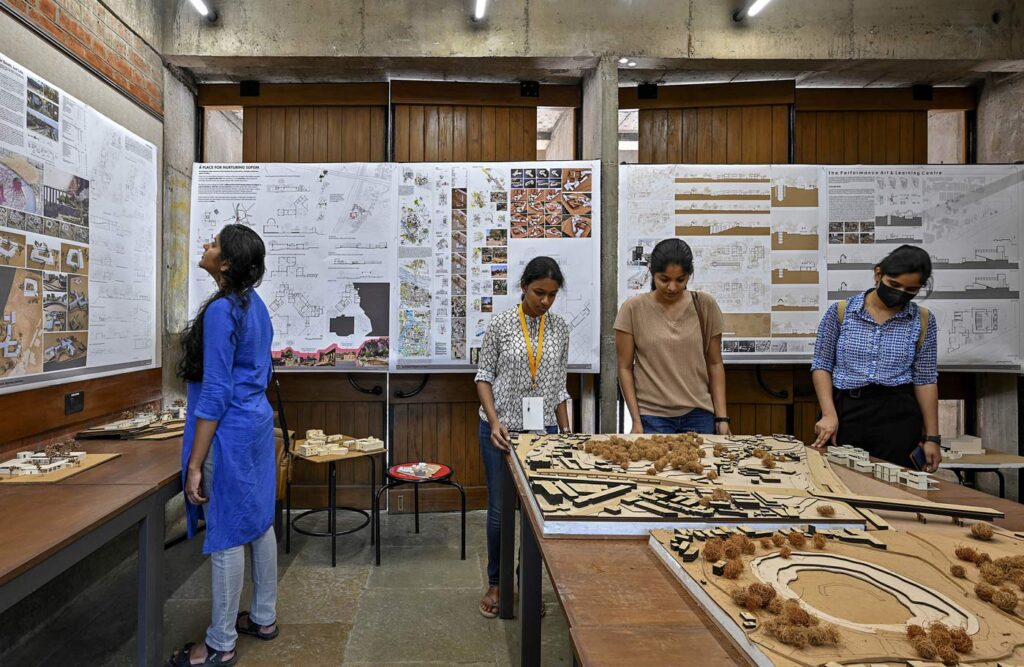
The role of public institutions and international organisations
In this race against environmental time, it is crucial that public institutions assume the role of driving change and financing these new training courses which are essential to the widespread adoption of sustainable construction.
By establishing more sustainable standards and regulations, accompanied by incentive aid, public policies are driving a profound transformation of the sector. Australia and Canada, with their National Construction Code and National Energy Code for Buildings, illustrate the effectiveness of this approach. These regulations, by setting minimum performance standards for buildings, force the sector to adapt and train competent professionals in sustainable construction.
These local initiatives, combined with international commitments such as the 2015 Paris Agreement and the conclusions of COP 28 in the United Arab Emirates in 2023, constitute a powerful lever for change. This lever is reinforced by the action of independent organisations and their international certification programmes.
In the United States, for example, the Green Building Certification Institute (GBCI) offers LEED (Leadership in Energy and Environmental Design) certification, which combines training and certifications in sustainable construction with tax benefits and federal grants for certified projects. This incentive approach encourages the adoption of sustainable practices and the transformation of the sector.
The industry on the front line of training skilled workers
Public institutions cannot support the development of training in sustainable construction alone. For German professor Harald Kloft, researcher in architecture and construction, specialising in innovative and sustainable structures and materials, it is now essential to develop close collaboration with industry to foster innovation and achieve ambitious environmental objectives.
A challenge to which the industry has readily respond, faced with the demographic emergency and the related demands of developers, and often subject to the market’s need to build faster and cheaper. They must therefore succeed in changing practices. To do this, more major companies are investing to train their partners and clients, all over the world, and so contribute to developing sustainable skills across the entire construction value chain.
This is the case of CEMEX, a Mexican construction materials giant which offers training programmes in sustainable construction to its clients in Mexico. In France, Saint-Gobain has opened a professional training network entirely dedicated to this subject, the Sustainable Construction Schools. Since January 2022, more than 47 classes have started across France with an ambitious objective of 2,500 apprentices trained by 2028.
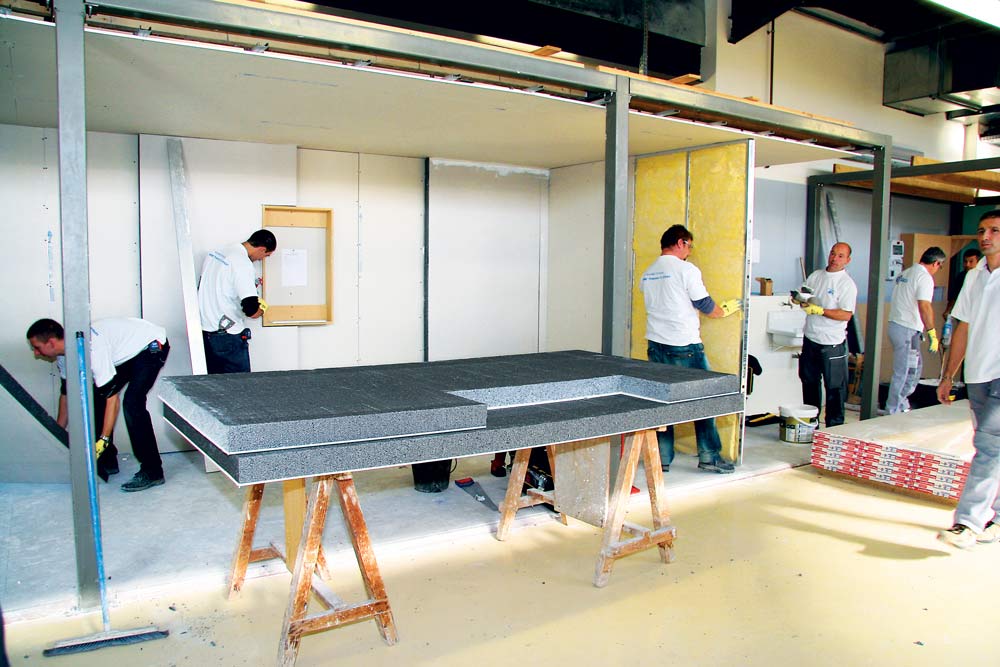
Faced with the environmental and social challenges of a “city planet” where 70% of the population will live in urban areas in 2050 2, investing in training adapted to professionals’ needs and the younger generation is indispensable. Current training is still too disparate, but things are changing, and initiatives are gaining momentum, gradually promoting a collaborative and holistic approach to sustainable construction. Governments, institutions, and industry must work together to develop new opportunities and a framework that encourages and facilitates transformative changes in our habits.
Sources :
- Loftness Vivian, A Holistic, interdisciplinary view of sustainable building
- Designing the megacities of 2070, Constructing a Sustainable Future
Photo credits: © Gwathmey Siegel & Associates Architects, Dinesh Mehta, Cyrille Maury/Placoplatre






